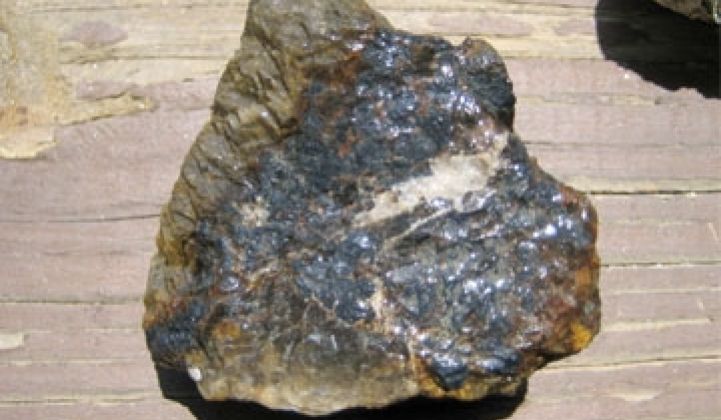President Obama announced $8.3 billion in conditional loan guarantees for the nuclear industry. The big question now is whether the nuclear industry will blow it.
Southern Company, a large utility in the Southeastern United States, will use these loan guarantees to build two new reactors in Georgia -- the first new reactors built in over three decades in the U.S. The reactors will be built next to two existing reactors around Waynesboro. The company will not borrow more than 70 percent of its total eligible projected costs of $3.4 billion. Southern claims that the reactors will lead to 3,500 construction jobs and 800 new jobs.
Nuclear advocates from the Nuclear Energy Institute and Case Energy Coalition assert that the U.S. will need more nuclear plants to meet the growing demand for carbon-lite power. Carbon dioxide is emitted in building the plants, but then the plants provide carbon-free power for decades. The U.S. will need 25 to 30 new nuclear plants by 2030 to keep up with rising power demand, according to former New Jersey Governor Christine Todd Whitman, the co-chair of Case.
Outside the confines of the nuclear industry itself, scientists such as Energy Secretary Steve Chu, DOE chief scientist Steve Koonin, UC Berkeley's Dan Kammen and MIT's Ernie Moniz have advocated expanding nuclear.
But, oops, the price. The nuclear industry has racked up an ignominious history of cost overruns. Additionally, solar, wind and other carbon-lite power solutions like underground coal gasification have been advanced in the meantime. Even fusion has made strides. Then you have the unresolved question of waste on top of that. It should be an interesting debate.
(In another nuclear industry-related note, Bill Gates talked about TerraPower, the modular nuclear company, this past week. We did a feature on them a year or so ago. If you want to learn more, click here. It's one of several modular nuclear companies, but one of the more interesting ones, because the company has devised its products to run on nuclear waste or thorium and they don't have to be opened for 30 to 60 years. Like a home perm, you set it and forget it.)
Meanwhile, MIT scientists want to harness the power of the armpit. MIT Professor Anantha Chandrakasan and alumnus Yogesh Ramadass (PhD, '09) have created circuits that can create power from temperature differences, also known as the Seebeck Effect. A difference of one or two degrees can create a few hundred microwatts. In the end, that could be enough to trickle-charge implanted medical devices. Beats having a seizure. Body heat, potentially, could be more reliable and easier to implement than systems relying on vibrations. Read more here.



